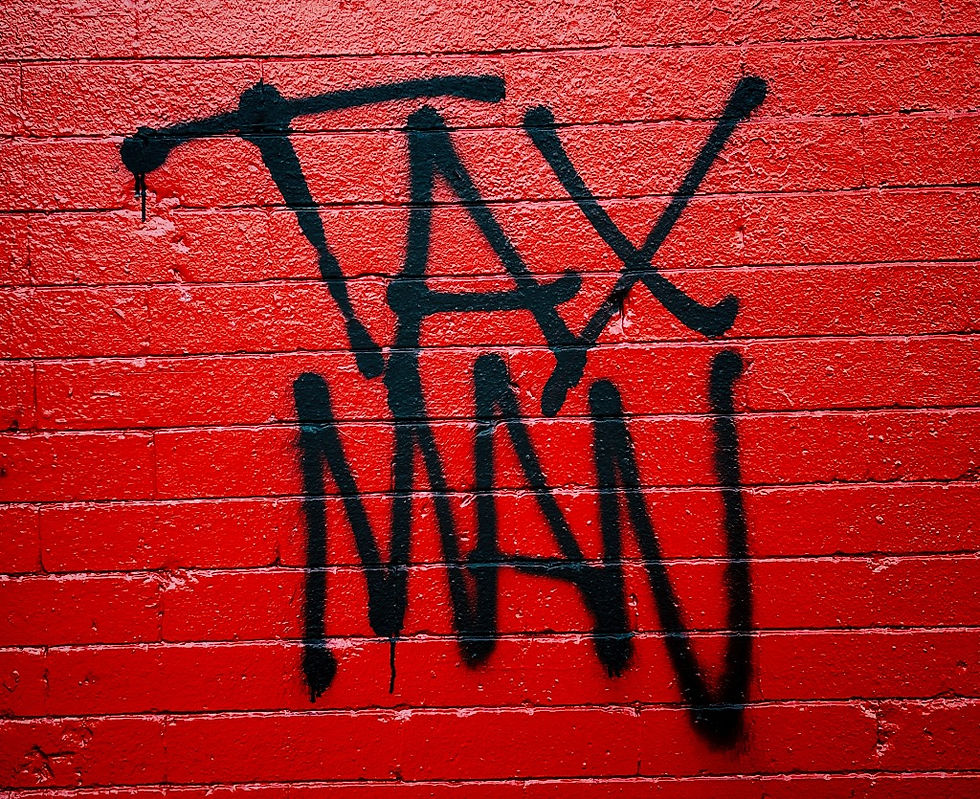Primary and Secondary Stock Markets, and Why It's Important
- Eric Olsen

- Jul 31, 2020
- 3 min read
Updated: Aug 31, 2020
One of the major misconceptions about the stock market is the mechanics of what
happens when an investment is purchased. Many people assume that when you buy a
stock (individually or through a mutual fund as I typically recommend), that the company receives your funds, but the majority of transactions don’t actually work that way. So, let’s set the record straight, here’s what happens: When a company wants to raise capital (funds) to expand into a new market, purchase equipment, or scale up operations, they will either sell stock or issue bonds (a loan). With stock, the purchaser receives a very small portion of the ownership of that company. If you could buy 50% of the outstanding stock of a company, you would own 50% of that business. The first time a company sells stock in this way it’s called “going public” and the stock is sold in an Initial Public Offering, or IPO. For example, Company A is worth $1,000,000 and wants to raise $1,000,000. It could sell 10,000 shares of stock for $100 each which would be worth 50% of the total value of the company (now $2,000,000) and the other 50% would belong to those who owned the company before the IPO (who would own the other 10,000 shares). This is obviously a very simplified example, but it illustrates what is known as the Primary Stock Market. You buy stock, the company collects your money, and you receive a partial ownership in that company. But remember, this is only how it works during an IPO or a Secondary Offering (not to be confused with the Secondary Market), which account for only a fraction of all the stock transactions that take place every day. The majority of those transactions take place on what is known as the
Secondary Market.
One of the crucial characteristics of the stock market is the liquidity it offers to investors, or the ability to sell your investment at any time to a number of willing buyers. Referencing back to the above example, after holding 10 of those $100 shares of Company A for a year Investor A needs their $1,000. They can’t just give the stock back to the company in exchange for their funds because that company has likely spent it. This is where the Secondary Market is utilized. Investor A can’t return his stock to the issuing company, but he can sell it to Investor B who may think that Investor A’s 0.05% ownership of Company A is worth more or less than the $1,000 that Investor A paid for it. In fact, the worth of these outstanding shares of Company A’s stock is completely determined by supply and demand for those shares on the Secondary Market (and since the supply doesn’t change unless the company has a Secondary Offering, the price is mostly determined by demand). If the company has done well since Investor A bought their shares, the shares are likely worth more than $1,000. If they have done poorly, the shares are likely worth less. There are a number of different types of these Secondary Markets, but they represent the vast majority of how stock transactions take place and explain how stock prices are determined.
This is all crucial to keep in mind because it shows how a stock's price is based on the current demand for ownership in that company. So, next time you purchase a stock or mutual fund, remember that the cash that you pay for that partial ownership most likely does not go to the company whose stock you are purchasing but to another investor who has decided to liquidate (or sell) their position. This tells us something fundamentally important about how stock prices are determined. Essentially the price derives from the collective wisdom and demand of all those who are participants in the Secondary Market. If more investors want to buy prices go up, if more want to sell, prices go down. With that in mind, for the most part, investors as a whole are pretty good at determining what is a fair price for stocks, which we’ll cover another time.



Comments